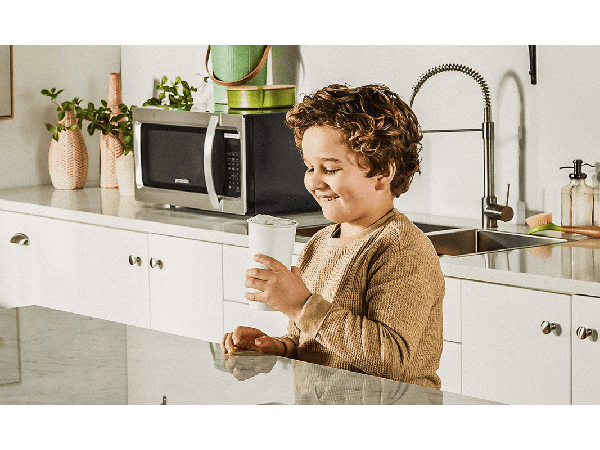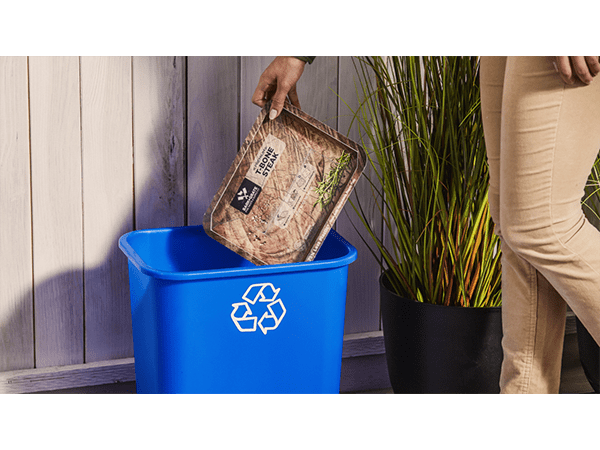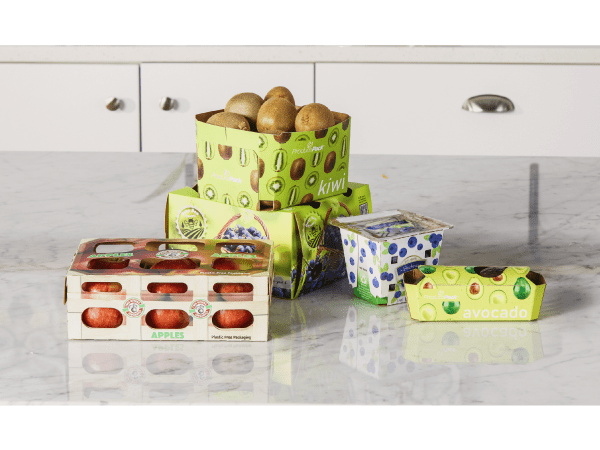article
The Role of Paper Cups in Supporting QSR Sustainability

Consumers are increasingly aware of the environmental impact of their choices. A recent survey found that 88% of consumers want brands to help them live more sustainably, and 61% of consumers believe that supporting sustainable brands is important for their personal image.
When asked about packaging, paper and paperboard packaging consistently tops the charts for consumers in terms of the material that is perceived to be the most sustainable and the one that causes the least harm to the environment.
Cups That Feel Good in the Hand, and on the Conscience
Single-use cups are an essential part of any quick-service restaurants (QSR) packaging portfolio. And paper cups can create a positive feeling around a consumer’s purchase, fostering brand loyalty. This sentiment is particularly strong among Millennials, 75 percent of whom say they would likely change their buying habits in order to reduce their impact on the environment.
Thanks to certification schemes like the Sustainable Forestry Initiative (SFI), paper cups can benefit from trusted sustainability certifications. 100 percent of the cupstock used to manufacture Graphic Packaging’s paper cups is compliant with SFI certified sourcing standards.
By choosing to serve cold drinks in paper cups, QSRs demonstrate their commitment to sustainability. It shows that they care about listening to their consumers and protecting our planet’s precious natural resources.
The Lifecycle of a Paper Cup
Paper cups offer benefits throughout their life cycle. In the United States, there are over 800 million acres of forestland, more than half of which is comprised of timberland. These forests protect natural ecosystems, support biodiversity, and play a crucial role in sequestering carbon, offsetting roughly 12% of U.S. annual emissions.
Strong market demand for sustainably sourced paper cups and other paperboard products provides a powerful financial incentive for landowners to continue to manage their land responsibly and keep it forested instead of converting or selling it for non-forest uses.
Wood-based fibers derived from sustainable forestry can be processed into paper and paperboard at manufacturing facilities using renewable energy. These materials are then used to create paper cups by companies like Graphic Packaging.
At the end of their life, paper cups can be recycled in communities that accept them. While only 11% of communities in the U.S. currently accept paper cups in their residential recycling programs, the increasing number of mills that accept them (more than 40 at the time of writing) signals a promising future for paper cup recycling.
A Positive Impact
Adopting paper cups demonstrates a commitment to sustainability and can have a positive impact on the environment. It shows that you care about farmers, forests, and the health of our planet. This approach resonates with many consumers who are seeking brands that align with their values.
If your QSR business is looking for a sustainable alternative to plastic cups, paper cups offer a compelling solution. By making the switch, you can contribute to a healthier planet and strengthen your brand’s reputation.


